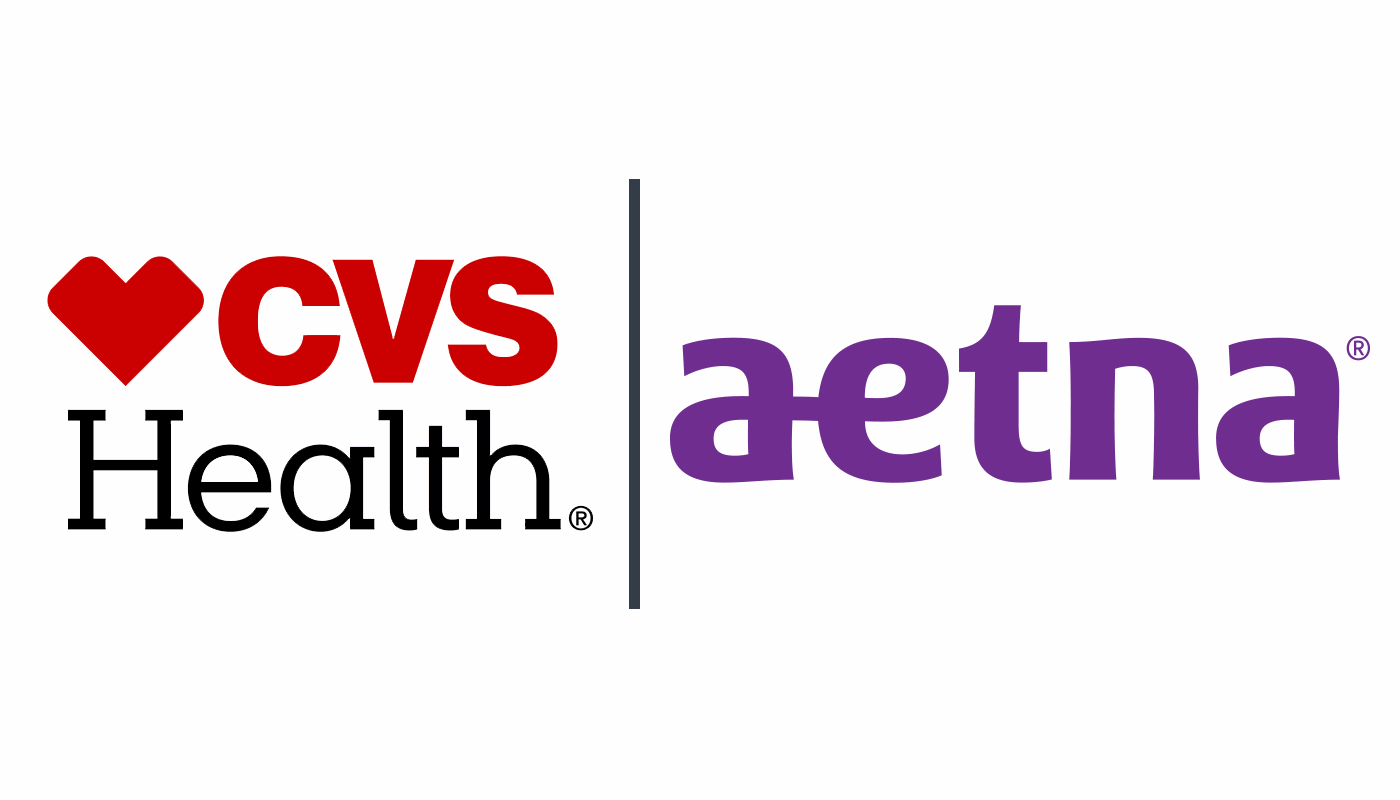
Aetna, the health, medical and benefits insurance unit of CVS Health, has now finalised the details of its sixteenth health and medical benefit claim linked insurance-linked securities (ILS) deal, securing the targeted $250 million of reinsurance from the issuance and making it the largest Vitality Re deal yet.Aetna is a particularly consistent long-term sponsor of transactions that utilise the catastrophe bond structure to secure efficient health reinsurance capacity from capital markets investors., with its initial target being to secure $250 million in health and medical benefit reinsurance from this new Vitality Re XVI issuance.As we stated, this will be Aetna’s sixteenth Vitality Re issuance of health and medical benefit insurance-linked securities (ILS), having sponsored its first back in December 2010.
At the $250 million target, we explained that this could be Aetna’s biggest Vitality Re deal yet.Which is now the case, as we’ve learned the notes have now been priced meaning Aetna has secured the targeted coverage and its largest ILS issuance to-date..
With this Vitality Re XVI Ltd.issuance now priced, Aetna has secured a four year source of reinsurance protection to the end of 2028, across four annual risk periods from January 1st, with each of three tranches of notes to be issued covering a different layer of its reinsurance needs.As with all the Vitality Re deals the insurer has sponsored, this Vitalty Re XVI will transfer some of Aetna’s health insurance risks to capital markets investors in securitized form and on a medical benefit claim ratio basis, which is effectively an indemnity trigger based on the health and medical benefits insurers’ claims experience.
If this medical benefit ratio claims index exceeds a predefined attachment point during the risk period, for any of the tranches of notes issued by Vitality Re XVI, it can trigger a reinsurance recovery for the sponsor.That translates to a source of annual aggregate indemnity reinsurance arrangement, but with the trigger based on an index linked to Aetna’s reported medical benefit claims ratio for the covered health insurance business.Vitality Re XVI Limited will issue three tranches of health insurance-linked notes that will provide $250 million of collateralized health reinsurance from the capital markets for Aetna, with pricing at attractive levels as two tranches priced below initial guidance, one at the mid-point.
The $160 million of Vitality Re XVI Series 2025 Class A notes come with an initial expected loss of 0.01%.They were initially offered to ILS investors with coupon price guidance in a range from 2% to 2.5%, which fell to an updated 1.75% to 2% , and we’re now told these have priced at the low-end of 1.75%.The $60 million tranche of Vitality Re XVI Series 2025 Class B notes come with an initial expected loss of 0.20%.
They were first offered to ILS investors with price guidance in a range from 2.75% to 3.25%, but this also fell to 2.25% to 2.75%, and the notes have now priced at the low-end of 2.25%, we understand.The final $30 million Class C tranche of Series 2025 notes Vitality Re XVI will issue come with an initial expected loss of 0.96%, so are the riskiest layer of this deal.Initially offered with price guidance in a range from 3.5% to 4%, this range narrowed to between 3.5% and 3.9%, and sources say the final pricing was at 3.75%.
As we explained, these pricing levels are back around where Vitality Re deals were pricing around 2021, so the recent softer catastrophe bond market price conditions are evident again with Aetna’s latest issuance.As we explained before, the Class C notes feature the highest expected loss of any Vitality Re tranche ever sponsored by Aetna, suggesting the health insurer sees the benefit in bringing this efficient reinsurance capital further down its funding tower.Because of this, with the Class C notes have a spread multiple-at-market of 3.9 times the expected loss, this is also by far the lowest ever seen in a Vitality Re issuance.
However, it’s important to note that those Class C notes can attach at an MBR of 97%, but over the last decade, for the covered subject business, Aetna’s medical benefit ratio has only ever risen as high as 90.8% in 2021 (the peak year with COVID pandemic effects), while the MBR for 2024 was only running at 88.1% in up to the end of September.So while this year’s issuance features the riskiest tranche of Vitality Re notes we’ve seen from Aetna, they are still relatively remote-risk and would only attach for year’s where its health and medical benefit insurance claims reached historically high levels.It’s encouraging to see Aetna bringing a different level of risk to market and for it to be well-received by the cat bond investor base, as this indicates to the insurer a way to make the capital markets an even larger component of its reinsurance and risk capital arrangements.
You can read all about this health insurance ILS from Aetna in our extensive Artemis Deal Directory..All of our Artemis Live insurance-linked securities (ILS), catastrophe bonds and reinsurance can be accessed online.Our can be subscribed to using the typical podcast services providers, including Apple, Google, Spotify and more.
Publisher: Artemis








